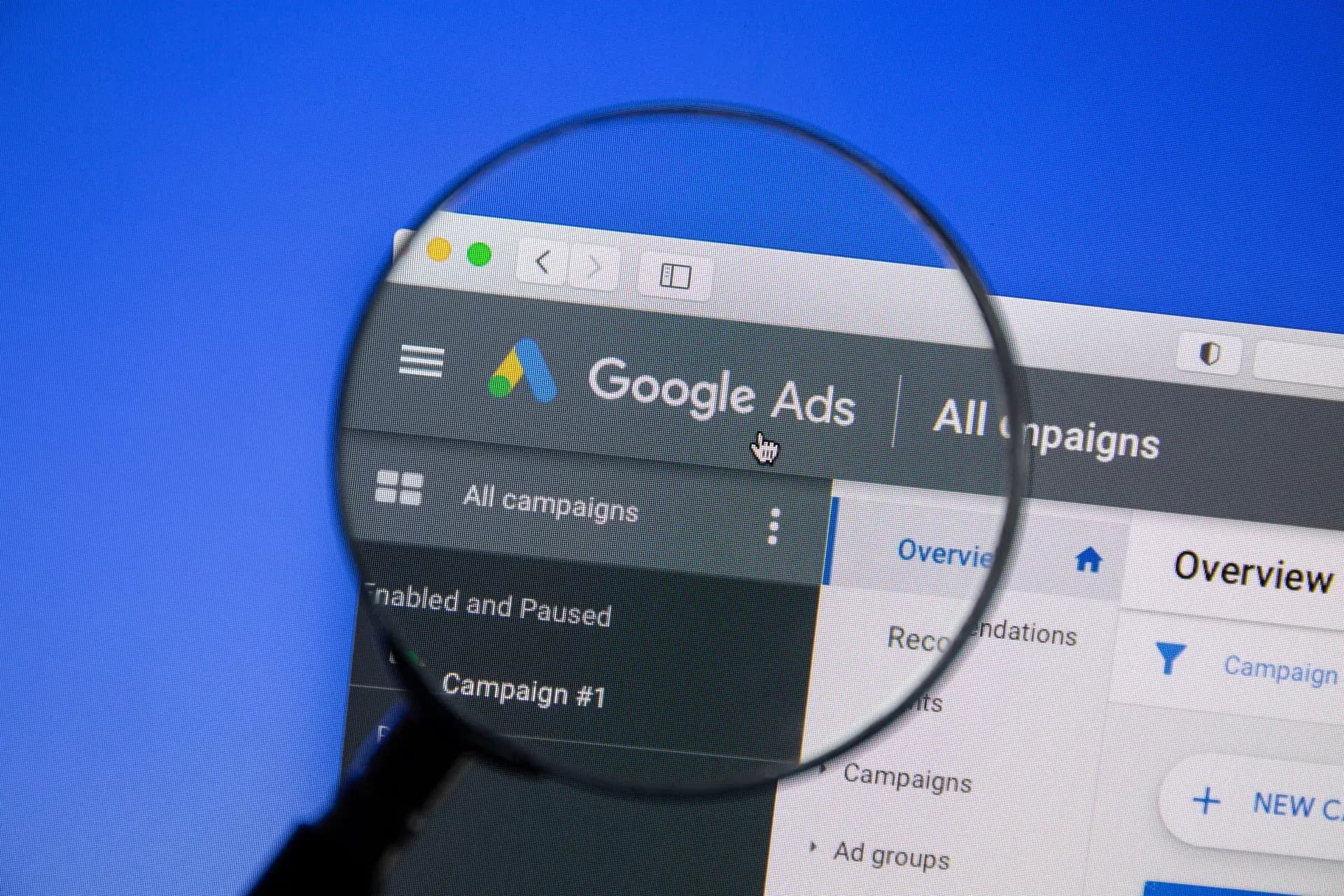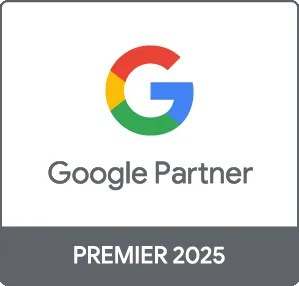Google Ads is a powerful advertising platform that can significantly benefit businesses looking to reach their target audience effectively. However, one of the most common questions advertisers have is about the average Google Ads rates. In this post, we’ll break down what influences these rates, how to estimate your costs, and provide tips on getting the most out of your advertising budget.
What Factors Affect Google Ads Rates?
The average rates for Google Ads can vary greatly depending on several factors:
- Industry: Different industries have varying levels of competition for keywords. Highly competitive fields like finance or legal services typically incur higher CPC (cost-per-click) rates.
- Keyword Difficulty: Keywords with a high search volume often come with higher bids. It’s vital to conduct keyword research to find terms that balance cost and relevance.
- Quality Score: Google assigns a Quality Score to your ads based on their relevance, landing page experience, and expected click-through rate. A higher Quality Score can lead to lower costs.
- Location: Targeting users in more competitive regions can also affect your costs. Urban areas may witness higher ad rates compared to rural locations.
Estimating Your Google Ads Costs
To estimate your potential Google Ads costs, you can use the following formula:
CPC Rate = (Ad Rank of Competitor / Your Quality Score) + $0.01
This formula highlights the importance of improving your Quality Score to minimize your CPC. Additionally, it’s essential to set a monthly budget that aligns with your business goals.
Average Google Ads Rates Overview
On average, Google Ads rates range between R2.50 to R40 per click, depending on various factors mentioned earlier. Here are some rough estimates by industry:
- Retail: R5 - R30 per click
- Legal Services: R10 - R60 per click
- Finance: R15 - R75 per click
- Healthcare: R4 - R50 per click
Tips for Maximizing Your Google Ads Budget
To get the most out of your Google Ads budget, consider these strategies:
- Keyword Targeting: Focus on long-tail keywords that are often less competitive and more cost-effective.
- Negative Keywords: Utilize negative keywords to prevent your ads from showing on irrelevant searches, thus saving money.
- Ad Scheduling: Analyze performance data to identify the best times to run your ads and optimize your budget allocation.
- Regularly Review Performance: Monitor your campaigns closely to adjust bids and refine targeting based on performance analytics.
Conclusion
Understanding the average Google Ads rates and the factors that influence them can help you build a successful ad campaign. By effectively managing your budget and continuously refining your strategy, you can maximize your ROI. If you need assistance with your Google Ads campaigns, Prebo Digital’s team of experts is here to help you navigate the complexities of online advertising. Contact us today to get started!





